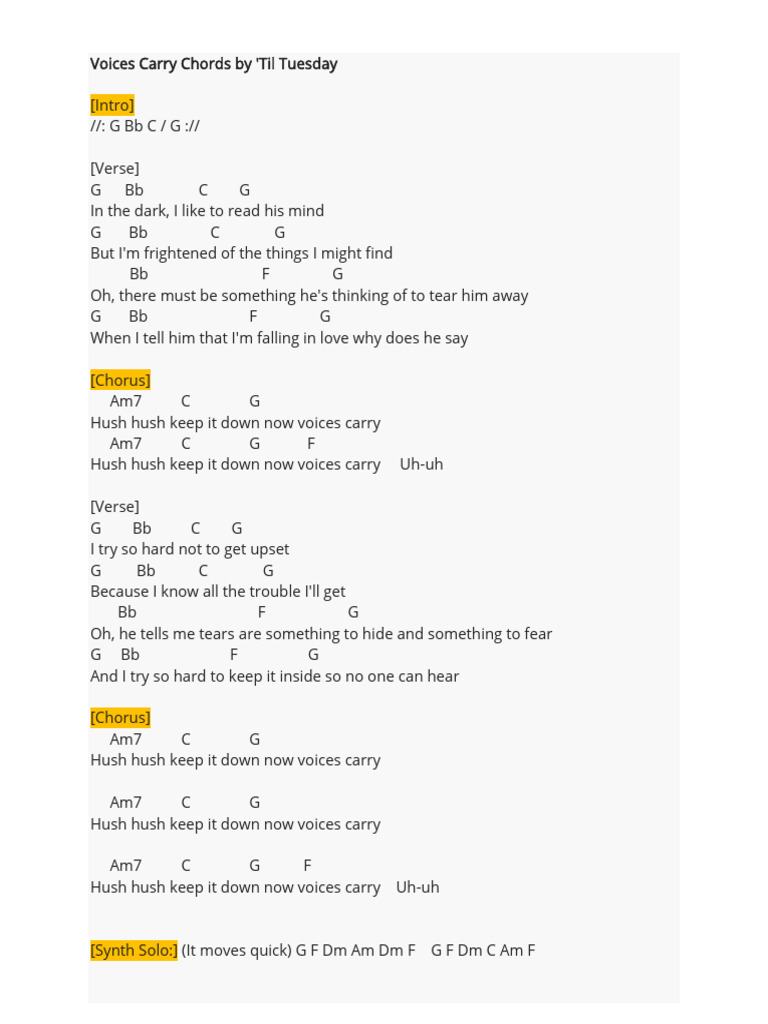Whale watching is an exhilarating experience that allows individuals to witness the majesty of these marine mammals in their natural habitat. The Condor Express, a state-of-the-art vessel, offers an unparalleled whale watching experience, providing an opportunity to see giants up close. Located in the picturesque Santa Barbara Harbor, California, this vessel is specifically designed to navigate the waters of the Pacific Ocean, ensuring a safe and comfortable journey for passengers.
One of the primary advantages of choosing the Condor Express for whale watching is its exceptional crew. With years of experience and extensive knowledge of marine biology, the crew is well-equipped to provide insightful commentary and guidance throughout the tour. Their expertise enables passengers to gain a deeper understanding of the behavior, habitat, and characteristics of the whales, making the experience even more enriching.
The Condor Express boasts an impressive array of amenities, including a spacious deck, comfortable seating, and state-of-the-art navigation equipment. The vessel’s design allows for optimal viewing opportunities, with plenty of room for passengers to move around and take in the breathtaking scenery. Onboard, passengers can enjoy a variety of snacks and beverages, making the experience even more enjoyable.
Whale Watching Season: A Time of Wonder
The whale watching season, which typically runs from February to November, is a time of great excitement and anticipation. During this period, the Santa Barbara Channel is home to an incredible array of marine life, including gray whales, humpback whales, blue whales, and minke whales. The Condor Express offers daily tours during peak season, providing passengers with a unique opportunity to witness these magnificent creatures up close.
Gray whales, in particular, are a popular sight during the winter months, as they migrate through the Santa Barbara Channel to their breeding grounds in Mexico. These gentle giants can grow up to 50 feet in length and weigh up to 30-40 tons, making them an awe-inspiring sight to behold.
The Importance of Responsible Whale Watching
As the demand for whale watching tours continues to grow, it is essential to prioritize responsible and sustainable tourism practices. The Condor Express is committed to environmentally friendly operations, adhering to strict guidelines and regulations to minimize its impact on the marine ecosystem. By choosing a responsible tour operator, passengers can help support conservation efforts and promote the long-term health of these incredible creatures.
Tips for a Successful Whale Watching Tour
To make the most of your whale watching experience on the Condor Express, it is essential to be prepared. Here are a few tips to keep in mind:
- Dress in layers, as the weather can be unpredictable, even during the summer months.
- Bring binoculars, a camera, and plenty of water to stay hydrated throughout the tour.
- Arrive early to secure parking and check-in with the crew before departure.
- Be prepared for variable sea conditions, and take necessary precautions to prevent motion sickness.
Comparative Analysis:Choosing the Right Whale Watching Tour
With numerous whale watching tour operators in the Santa Barbara area, it can be challenging to choose the right one. Here’s a comparative analysis of the Condor Express and other popular tour operators:
| Tour Operator | Vessel Size | Crew Experience | Amenities |
|---|---|---|---|
| Condor Express | 75 feet | 10+ years | Snacks, beverages, comfortable seating |
| Competitor A | 50 feet | 5 years | Limited snacks, no beverages |
| Competitor B | 60 feet | 8 years | Snacks, beverages, but limited seating |

As evident from the comparison, the Condor Express stands out for its exceptional crew experience, spacious vessel, and comprehensive amenities.
Historical Evolution of Whale Watching
Whale watching has undergone significant transformations over the years, evolving from a niche activity to a popular tourist attraction. The early days of whale watching were marked by a lack of regulation, resulting in concerns over the impact of tourism on marine ecosystems. However, with the implementation of stricter guidelines and regulations, the industry has become more sustainable, prioritizing the welfare of both humans and whales.
Future Trends Projection: The Rise of Eco-Tourism
As concerns over climate change and environmental sustainability continue to grow, the demand for eco-tourism is on the rise. Whale watching, in particular, is poised to benefit from this trend, as tourists increasingly seek out experiences that promote conservation and responsible travel practices. The Condor Express is well-positioned to capitalize on this trend, with its commitment to environmentally friendly operations and support for local conservation efforts.
Technical Breakdown: Understanding Whale Behavior
Whale behavior is a complex and fascinating topic, with various species exhibiting unique characteristics and patterns. To better understand whale behavior, it is essential to examine the different types of whales, their habitats, and their migration patterns. The Condor Express crew is experienced in identifying and explaining various whale behaviors, providing passengers with a deeper appreciation for these incredible creatures.
Pros of Whale Watching
- Unique opportunity to witness whales in their natural habitat
- Exceptional crew with extensive knowledge of marine biology
- State-of-the-art vessel with comfortable amenities
Cons of Whale Watching
- Potential impact on marine ecosystems if not done responsibly
- Variable sea conditions can be challenging for some passengers
- Peak season can be busy, with larger crowds
Decision Framework: Choosing the Right Tour Operator
When selecting a whale watching tour operator, it is crucial to consider several factors, including the crew’s experience, vessel size and amenities, and the operator’s commitment to responsible tourism practices. Here’s a decision framework to help you make an informed choice:
- Research: Look into the tour operator’s reputation, reading reviews and testimonials from past customers.
- Compare: Evaluate different tour operators based on their crew experience, vessel size, and amenities.
- Prioritize: Consider your priorities, whether it’s a small group size, experienced crew, or state-of-the-art vessel.
- Book: Once you’ve made your decision, book your tour in advance to secure your spot.
Conceptual Exploration: The Intersection of Tourism and Conservation
The relationship between tourism and conservation is complex, with both positive and negative impacts on the environment. In the context of whale watching, responsible tourism practices can support conservation efforts, promoting the long-term health of these incredible creatures. However, it is essential to acknowledge the potential risks and challenges associated with tourism, prioritizing sustainable practices and environmentally friendly operations.
Step-by-Step Guide to Whale Watching
Here’s a step-by-step guide to help you prepare for your whale watching tour:
- Arrival: Arrive at the Santa Barbara Harbor, parking in one of the designated lots.
- Check-in: Check-in with the Condor Express crew, providing any necessary documentation and payment.
- Boarding: Board the vessel, finding a comfortable spot on the deck or inside the cabin.
- Departure: Depart the harbor, beginning your journey into the Pacific Ocean.
- Whale Watching: Spend the next few hours whale watching, taking in the breathtaking scenery and learning about these incredible creatures.
- Return: Return to the harbor, reflecting on your unforgettable experience.
FAQ Section
What types of whales can I expect to see on the tour?
+The Santa Barbara Channel is home to a variety of whale species, including gray whales, humpback whales, blue whales, and minke whales. The specific types of whales you'll see will depend on the time of year and other environmental factors.
How long does the tour last?
+The tour typically lasts around 4-5 hours, depending on the time of year and the location of the whales.
What should I wear and bring on the tour?
+Dress in layers, as the weather can be unpredictable, even during the summer months. Bring binoculars, a camera, and plenty of water to stay hydrated throughout the tour.
Is the tour suitable for children and families?
+Yes, the tour is suitable for children and families. However, please note that the tour may not be suitable for very young children or those with mobility issues.
Can I cancel or reschedule my tour?
+Please contact the Condor Express crew directly to discuss any changes to your tour. Please note that cancellations and rescheduling may be subject to certain fees and restrictions.
Conclusion
Whale watching is an unforgettable experience that allows individuals to connect with nature and witness the majesty of these incredible creatures up close. The Condor Express, with its exceptional crew, state-of-the-art vessel, and commitment to responsible tourism practices, is the perfect choice for those seeking a unique and enriching experience. By prioritizing conservation and sustainability, we can ensure the long-term health of these magnificent creatures, promoting a future where humans and whales can coexist in harmony.


